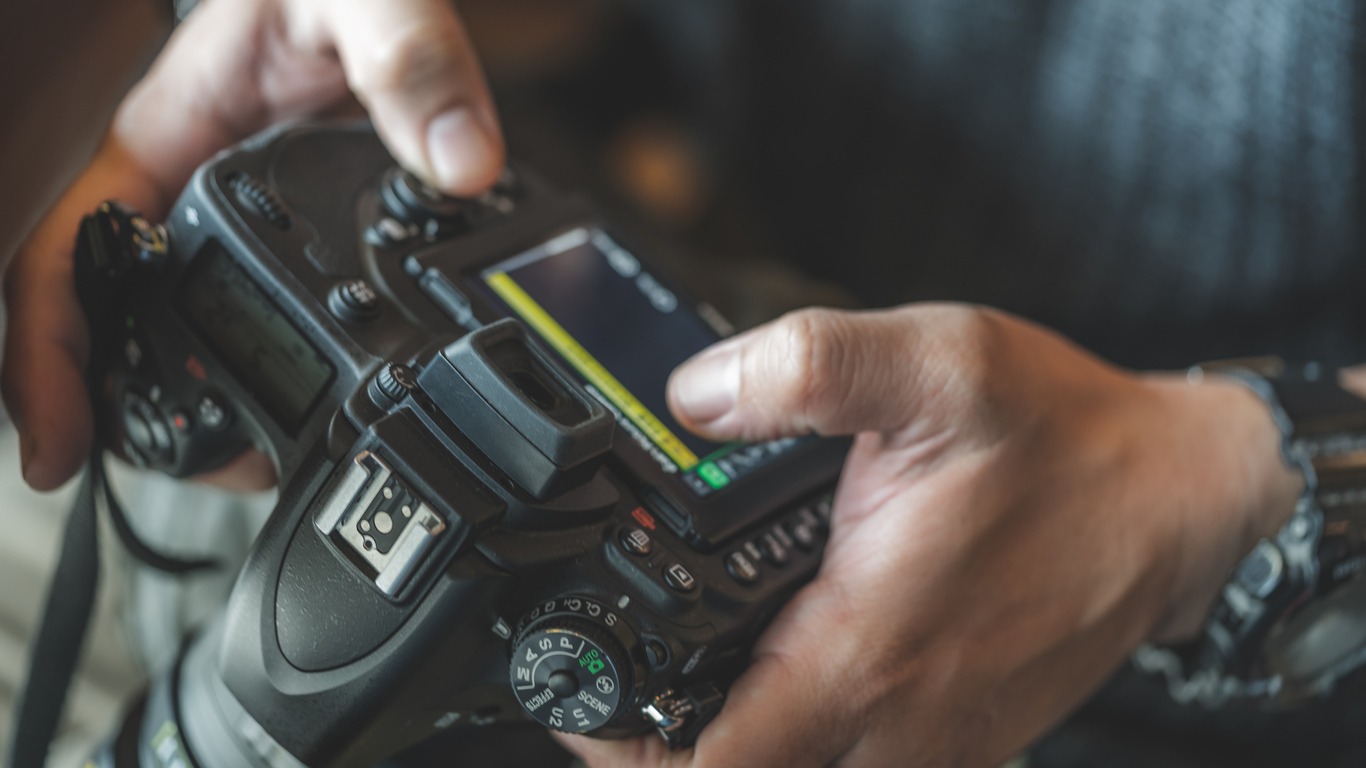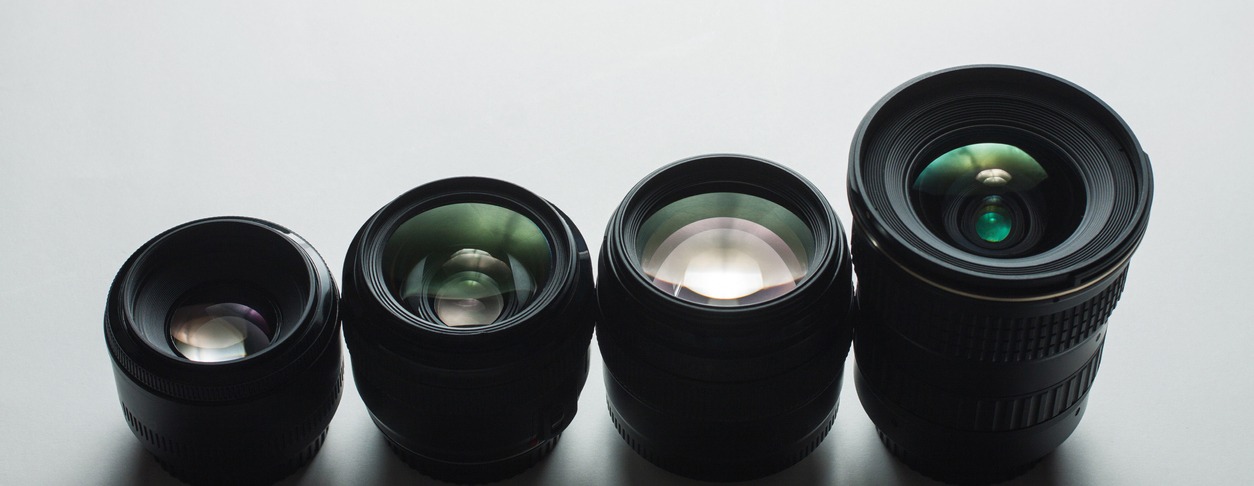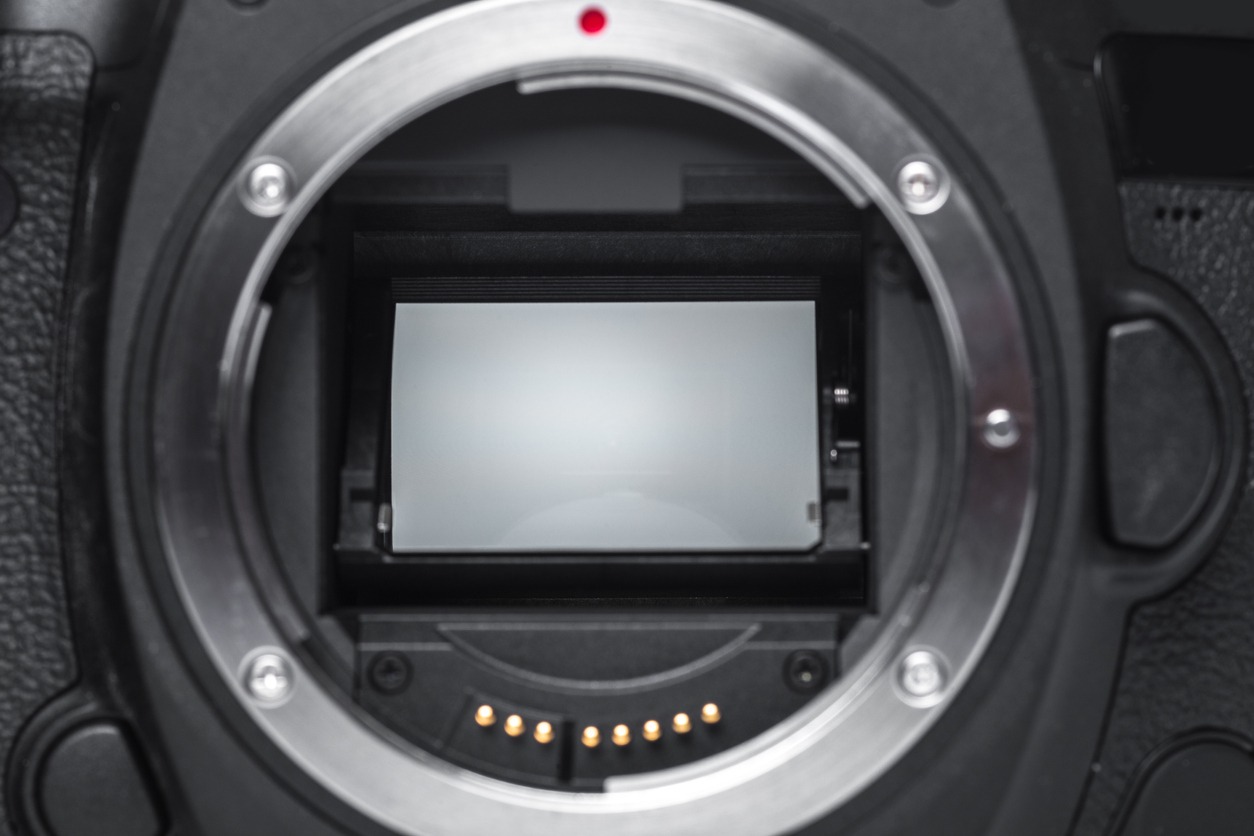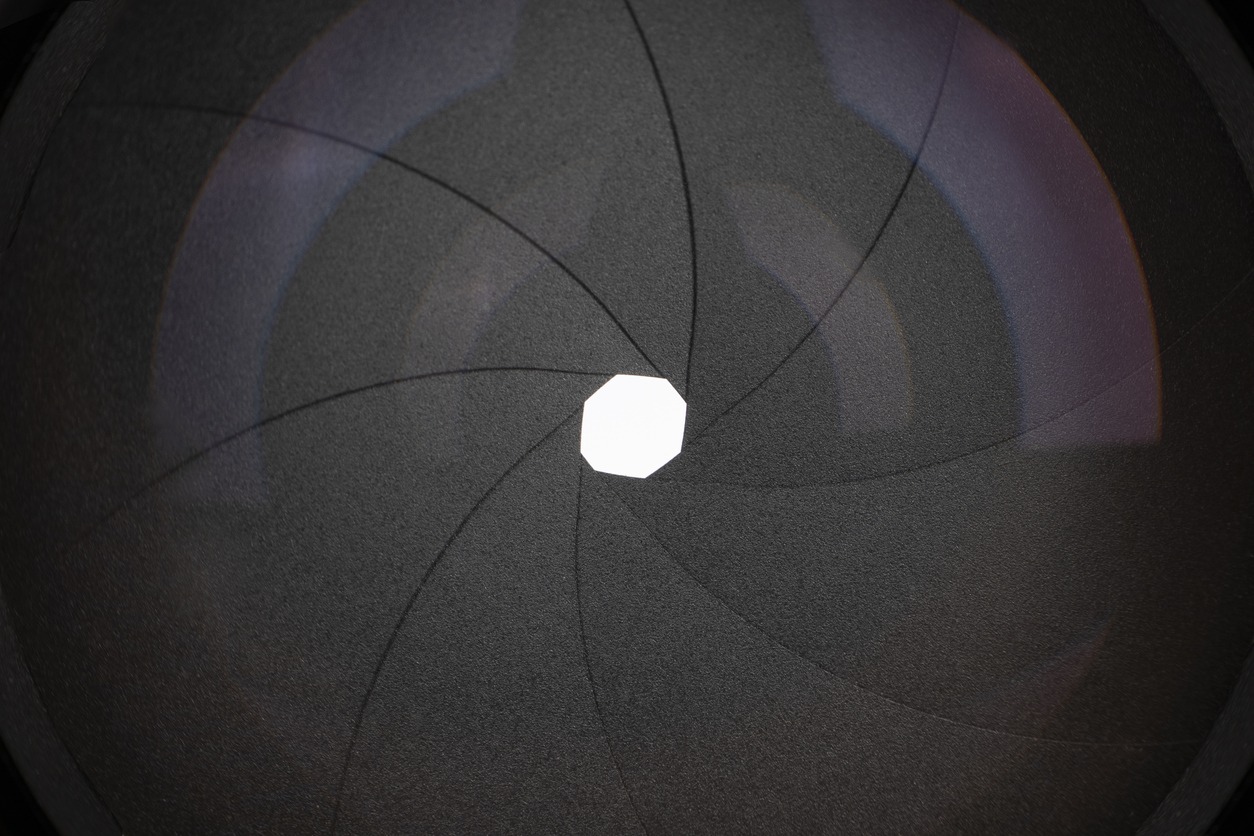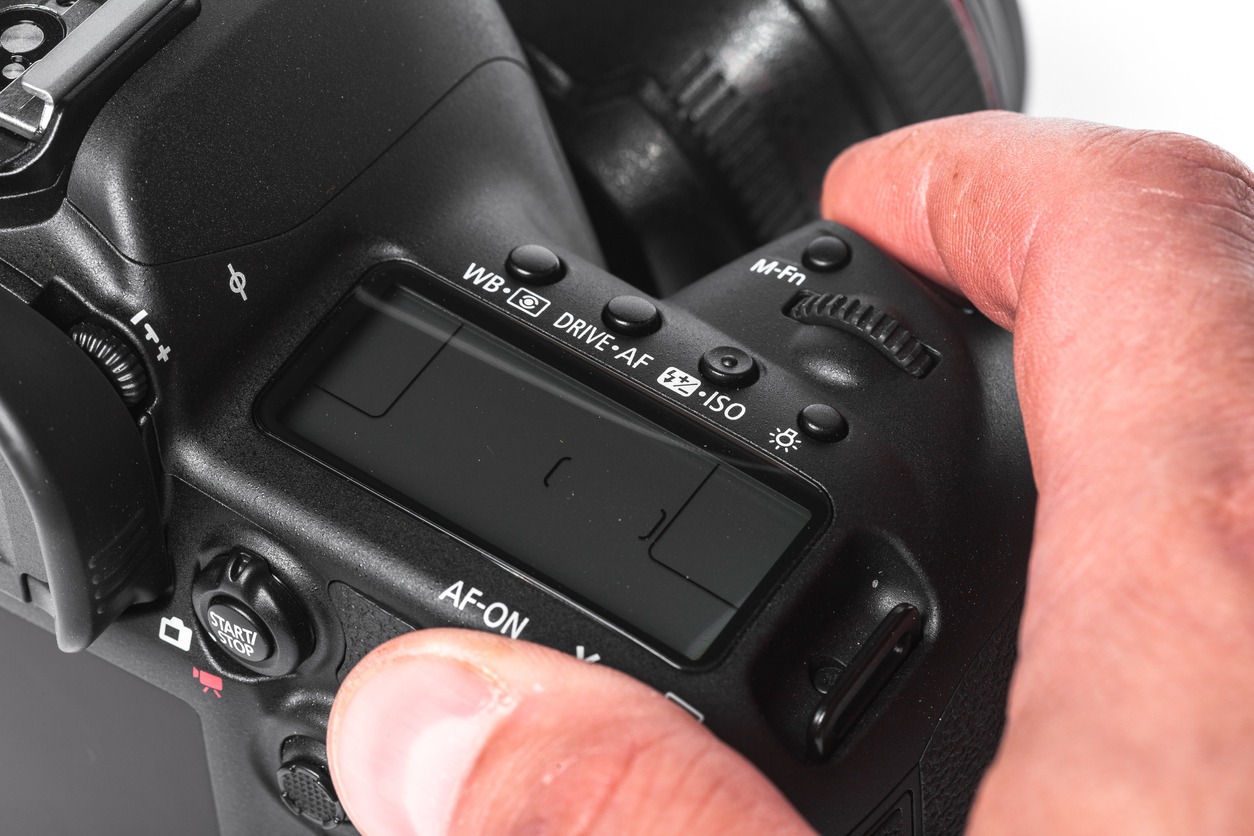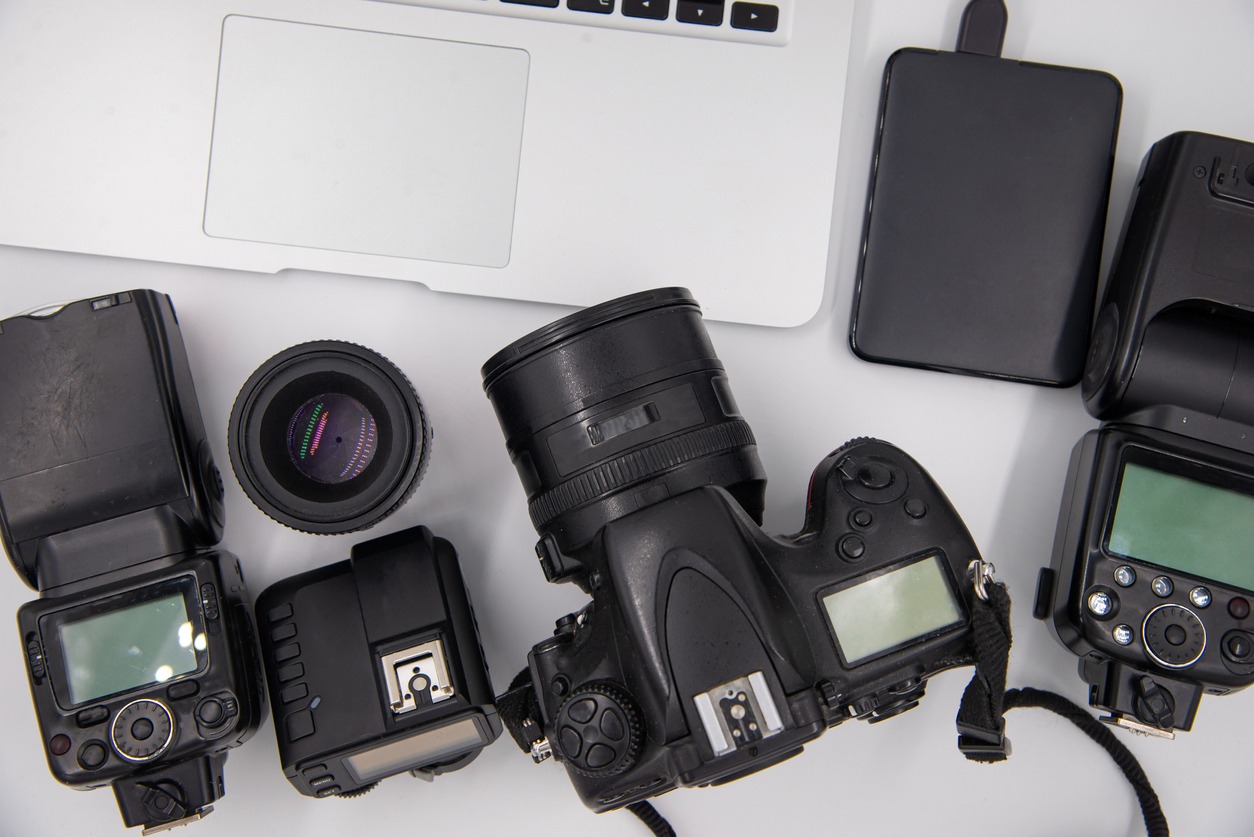DSLR cameras have been reigning supreme over the photography industry for over a decade. Even though more alternative camera technologies, such as mirrorless cameras, are available now, DSLRs are still in a league of their own. If you’ve ever wondered what a DSLR is, how it works, and how it compares to newer technologies, you’ll find it all in this introduction to DSLR cameras.
What is a DSLR Camera?
DSLR stands for Digital Single Lens Reflex or Digital SLR. DSLR cameras evolved from the traditional Single Lens Reflex cameras(SLR cameras). DSLRs use a digital image sensor to convert light falling on the lens into a digital image. The image is then stored digitally onto a memory card.
Single Lens Reflex is a technology where a camera uses a single lens to direct the image to either the viewfinder through a mirror or to the image-capturing medium when the shutter is pressed.
Difference between SLR and DSLR Cameras
The key difference between SLR and DSLR cameras is the digital image sensor. While SLRs use a plastic/gelatin film to record images, DSLRs use an electronic image sensor to perform the same function. DSLRs also have more advanced functions, image processing, and data-sharing capabilities.
Difference between Mirrorless and DSLR Cameras
One of the fundamental components of a DSLR is a reflex mirror. This mirror sends a preview of the image to the optical viewfinder (OVF). Photographers can observe, point, and shoot the desired subject using this OVF.
On the other hand, Mirrorless cameras do not have a reflex mirror. The light passes through the camera lens and directly onto the image sensor. The camera simultaneously creates a digital image preview on an electronic viewfinder (EVF). As a result, mirrorless cameras are relatively smaller and lighter than DSLR cameras and usually perform better when it comes to video recording. For more information on the different types of digital cameras and which ones are suitable for you, read the Guide to Selecting a Digital Camera.
Difference between DSLR and Point-and-shoot Camera
Point-and-shoot, compact, or P&S cameras are made for simple and quick photography. They have a fixed lens which is either focus-free or has autofocus capability. P&S cameras are ideal for people who want to capture a few memories without learning too much about settings and technical details.
Alternatively, DSLRs are highly customizable cameras because of their changeable lenses and adjustable settings such as shutter speed, ISO, aperture, autofocus modes, exposure modes, etc., making them more suitable for professional photography. They can also accommodate many accessories.
DSLR Camera Advantages
Here are some key advantages of using DSLR cameras for photography.
- Excellent image quality
- Some people still prefer the traditional optical viewfinder
- Excellent low-light performance
- Ample storage space with memory cards
- Interchangeable lenses
- Affordable (relatively, compared to mirrorless in the same category)
- Customizable because of accessories
- Extended battery life
- Good resale value, retained for a longer time period
DSLR Camera Disadvantages
- Steep learning curve
- Heavier and bulkier than mirrorless cameras
- High-end DSLRs are still expensive
- Additional costs for accessories
Key Components of a DSLR
DSLR Camera Lens and Body
The lens is an essential and versatile part of a DSLR. DSLRs dominate the industry because of a wide variety of lenses with different magnifications, apertures, focal lengths, and other properties.
Most DSLR cameras feature a lens mount. It is a mechanical interface that connects lenses to the body of a DSLR camera. Usually, each manufacturer has their own lens mounting system. The lens of one camera brand is generally incompatible with the camera of a different brand, with a few exceptions.
Apart from the lenses, here are the fundamental parts inside a DSLR’s body.
- Lens
- Reflex mirror
- Shutter
- Image sensor
- Pentaprism
- Optical Viewfinder(OVF)
When light enters the camera lens, it reflects off the reflex mirror onto the pentaprism. This pentaprism flips the image and redirects it to the viewfinder. You can use the viewfinder to preview the image scene before capturing it.
The reflex mirror retracts when you press the button, letting the light waves pass through the shutter and onto the image sensor. The image sensor converts this electromagnetic information into digital information. The image is then stored in the memory card.
DSLR Image Sensors
The image sensor is responsible for converting light into a digital image. It is a delicate electronic part placed deep inside a DSLR camera. There are two types of image sensors in DSLR cameras.
- CCD: Charged-Coupled Device image sensor
- CMOS: Complementary Metal-Oxide Semiconductor image sensor.
Here are a few key differences between them.
Differences between CMOS and CCD sensors
| CMOS | CCD |
|
|
Autofocus Systems
Autofocus is one of the most convenient and distinguishable features of a DSLR camera. It transformed photography, as people had to focus manually before. A DSLR can focus on a subject quickly and automatically. You can also modify its focusing capabilities with different lenses and modes, such as:
AF-S – Autofocus Single Shot
This mode is best suited for situations where the subject is stationary. It is preferred by landscape and still-life photographers.
AF-C – Autofocus Continuous
This autofocus mode is best suited for situations where the subject is moving. Wildlife, sports, and portrait photographers usually prefer it.
AF-A – Autofocus Automatic
Autofocus Automatic is best suited for situations where you need the best of both worlds. In this mode, the camera decides when to use AF-S or AF-C. Street photographers usually prefer this autofocus mode.
Another set of acronyms to look out for are PDAF and CDAF. PDAF stands for Phase Detection Autofocus. This autofocus mechanism is most commonly used in DSLR cameras. On the other hand, CDAF stands for Contrast Detection Autofocus. This autofocus mechanism is most commonly used in mobile phones and point-and-shoot cameras.
DSLR Shooting/Exposure Modes
Shooting modes, also known as exposure modes, refer to the various settings of aperture, ISO, and shutter speeds in a DSLR camera. A particular combination of these settings allows you to capture your desired image.
The most common shooting modes are:
- Automatic: The camera sets all the exposure settings, including aperture, shutter speed, and ISO.
- Program: The camera sets the shutter speed and aperture.
- Shutter Priority: The photographer sets the shutter setting while the camera sets the aperture setting.
- Aperture Priority: The photographer sets the aperture setting while the camera sets the shutter setting.
- Manual: The photographer sets all the exposure settings, including aperture, shutter speed, and ISO.
DSLR Metering Modes
Some people may find it hard to differentiate between the metering mode and exposure. Metering modes determine the amount of light coming through the lens and reaching the image sensor. Unlike exposure modes, it is not a metering system’s job to decide which exposure settings (ISO, aperture, and shutter speed) are best. It uses the exposure mode you have already set and focuses where the most light enters the lens.
The three different metering modes are:
Evaluative Metering: Metering where the entire frame uses the exposure.
Center-weighted Metering: Metering where the central part of the frame uses the exposure.
Spot Metering: Metering where a small and circular area of the frame uses the exposure.
Users select the desired metering mode based on the subject’s position and where they want the light to be more focused in the image.
ISO and Noise
ISO stands for “International Organization for Standardization.” It is a setting that allows you to brighten or darken a photo. ISO is a helpful feature in low-light conditions and enables you to maximize the potential of your shutter speed and aperture settings.
ISO should ideally be used when it is impossible to brighten a photo with shutter speed or aperture settings. The higher the ISO setting you use, the more the noise will be. Noise refers to the graininess and blotchy colors in a photo. With experimentation, you’ll learn how to balance ISO and other settings to capture the best photographs while keeping noise to a minimum.
Image Processing and File Formats
An image processor is a piece of hardware that works in tandem with your camera’s image sensor and firmware to produce images. The photodiodes of the digital sensor recognize shades of different colors and the image processor translates these varying shades into different color values, such as RGB (Red, Green, and Blue) or CMYK (Cyan, Magenta, Yellow, and Black).
An image processor also needs software to translate the data it receives. The software and hardware of an image processor are collectively referred to as an image processing engine. The more sophisticated algorithm an image processing engine uses, the more natural and detailed a photograph will look. Once the image is formed, you can save it as JPEG or RAW.
DSLR Camera Accessories
Apart from a variety of lenses, photographers can customize a DSLR camera with various accessories such as:
- Extra batteries
- LCD protectors
- Camera Bags
- Lens Cleaning Kit
- Tripod
- Remote Shutter Release
- Padded neck strap
- UV Lens filter
- Polarizing filter
These accessories bring a high level of customization and allow you to have a photography experience tuned exactly to your requirements and preferences.
Advantages and Disadvantages of DSLR Cameras
Here are some advantages and disadvantages of using DSLR cameras.
| Advantages of DSLR Cameras | Disadvantages of DSLR Cameras |
|
|
Final Words
DSLR cameras have a clear advantage when it comes to the variety of lenses and customization. They are versatile cameras that can produce sharp and spectacular photos even in low light conditions. They are also preferred for their robust image sensors that deliver high-resolution images. As a result, various types of photographers use them for sports, portrait, and street photography, to name a few.
However, if you only use a camera once in a while, a DSLR might not be the best option for you. There is a learning curve involved, and you need some experience and experimentation to squeeze the maximum potential out of your DSLR camera.
